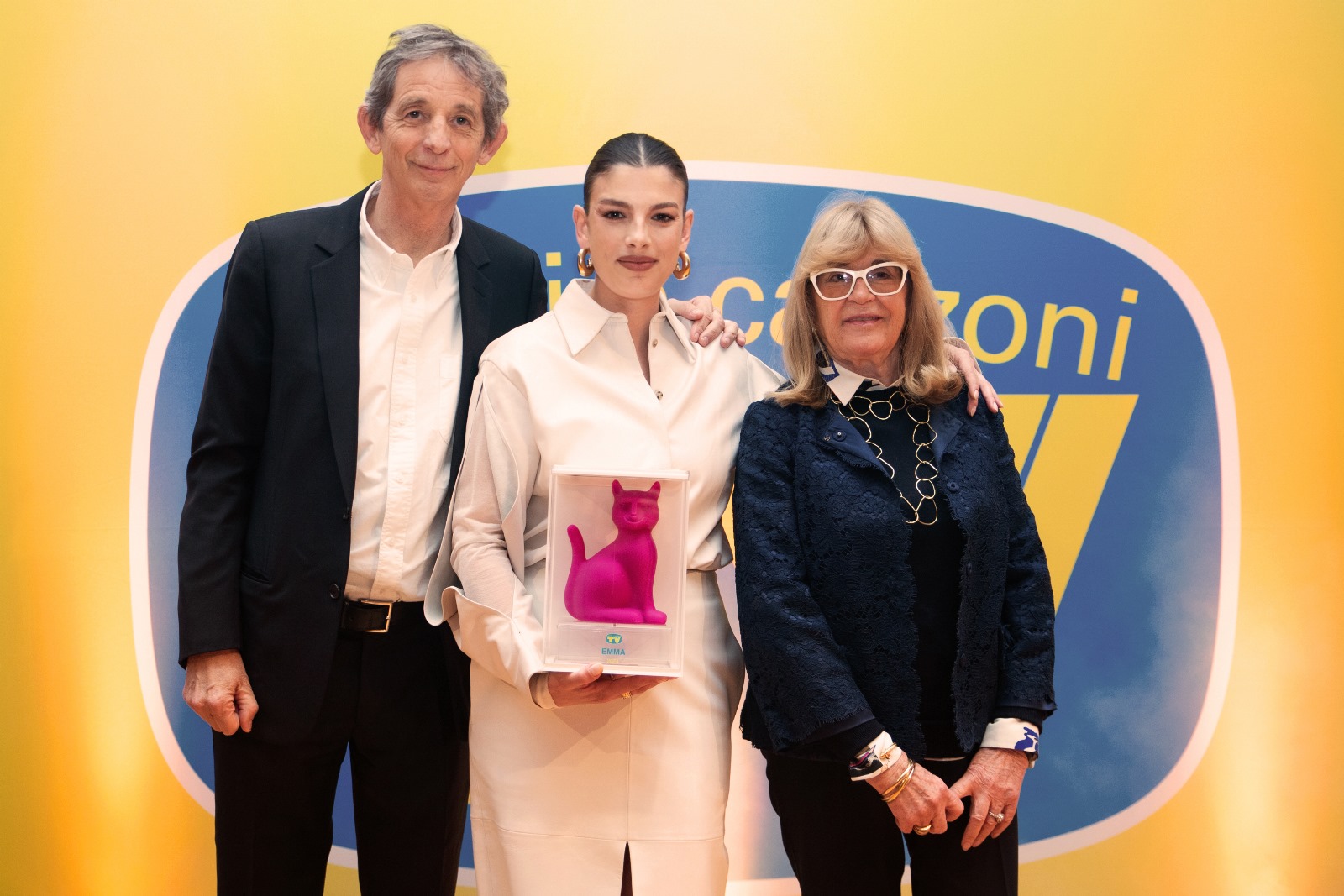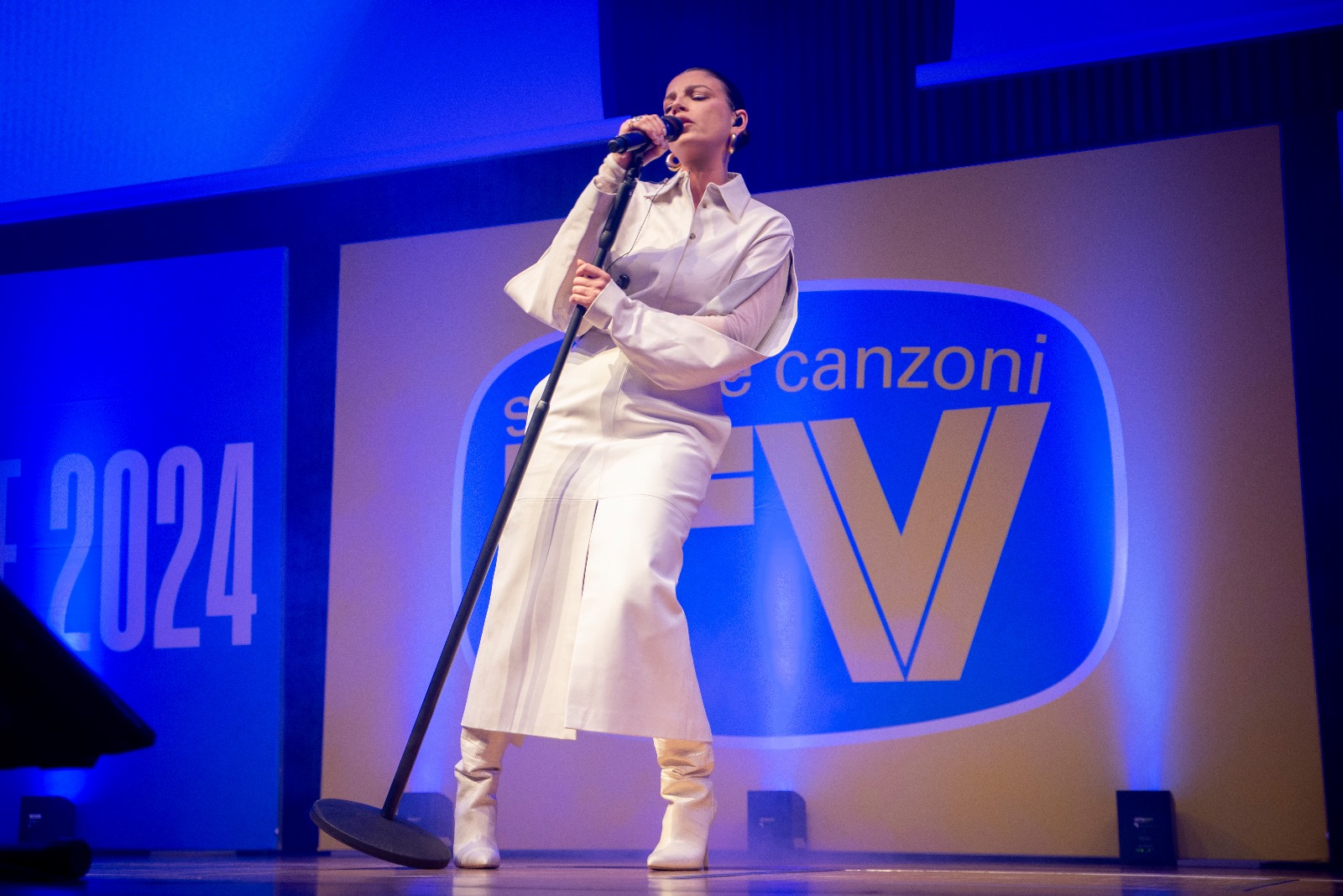Emma awarded the Telegatto
Yesterday, on the final day of the Salone del Mobile, Emma, one of the Italian public’s best-loved artists, was honoured with the entertainment world’s coveted award, the Telegatto.

Tv Sorrisi e Canzoni ‘s iconic statuette was presented by the magazine’s editor-in-chief, Aldo Vitali: “Emma deserves the lifetime achievement award for her outstanding career on the Italian music scene. Through her powerful and passionate voice, she has tackled deep themes and universal emotions with courage and authenticity and has demonstrated a constant artistic evolution, always conveying a strong message of authenticity and determination. Emma is an icon of Italian music and an example of dedication, passion and talent”.

The singer-songwriter performed in a special showcase for the audience in the Aula Magna of the University of Milan – as part of the INTERNI CROSS VISION exhibition-event, open to the public until 28 April – with some of her songs – Iniziamo dalla fine, Amore Cane and Mezzo Mondo – from her new album, Souvenir, as well as the Sanremo hit, Apnea.